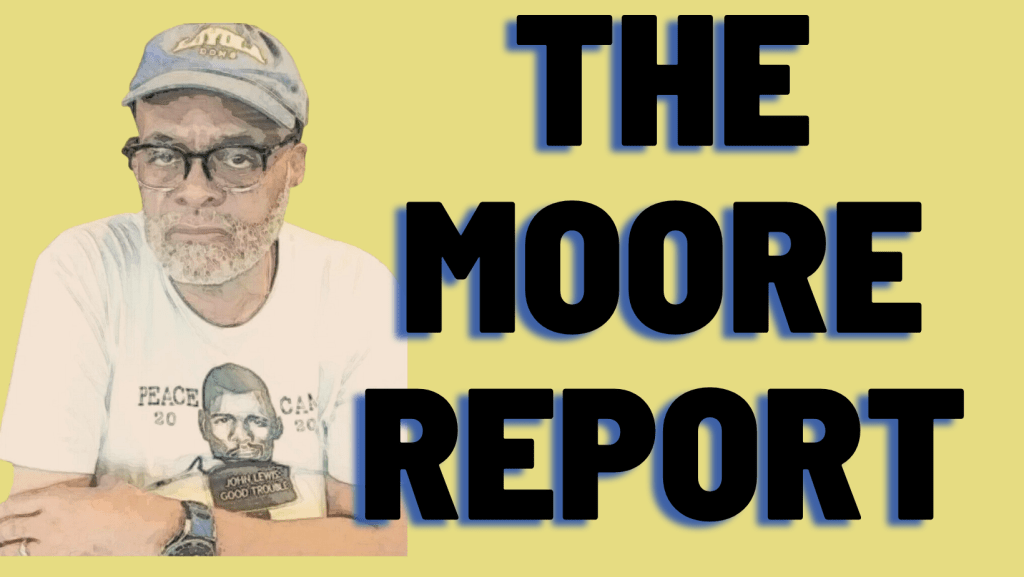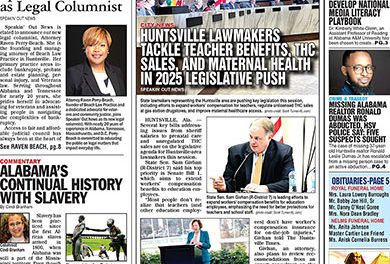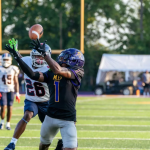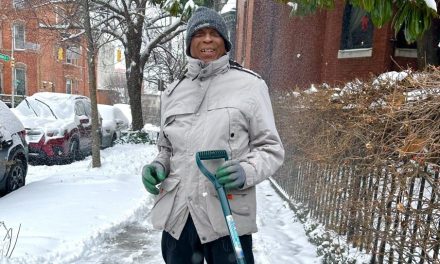By Ralph E. Moore Jr.
Face it, it has taken a long time to watch a baseball game from start to finish over the years.
America’s pastime has not been America’s fast time. Calling the pace of your average Major League Baseball (MLB) game slow as molasses was just not fair to the crushed sugar cane often poured over pancakes. Before this 2023 season, the average length of a baseball game was three hours and three minutes.
To be fair, the average length of an National Football League (NFL) game is 3 hours and 12 minutes, but with four 15-minute quarters and a halftime. There are many time outs available for each team to call per quarter. Add in refs reviewing replays and injured players being lugged off the field and an hour of playing time really stretches to three. Incidentally, the average length of a National Basketball Association (NBA) match-up is only 48 minutes, not including time outs and half-time. Nonetheless, baseball games were dragging while professional football and basketball matches really rolled along.
Baseball fans have been unhappy for years, so the MLB Association decided to do something about the snail’s pace of baseball games in the 2023 season. Fans were surveyed and changes were tried on minor league teams and the following is what the MLBA came up with: pitch timers, restrictions or limits on defensive shifts and bigger bases to name a few of the changes.
Pitch timers will be used to mark the 30 seconds now allowed between batters. Pitchers will have 15 seconds to throw the ball once it is in their hands if there is no one on base and 20 seconds if there are runners on base.
The walk up to home plate by the batter seemed to take forever and the time between pitches seemed just too leisurely. So, a solution was created and things have moved along.
If the pitcher goes beyond the time limits, the batter gets an automatic ball called on him. Pitchers will now only get two pickoff attempts, two step offs or one of each– but only two disengagements from the mound. A step off is when a pitcher steps backward with his stride foot (not his pivot foot), with his hands down by his sides and is in his regular motion to pitch but stops, that’s a balk, according to the Baseball Rules Academy.
Shift restrictions apply to the team on defense who must have a minimum of four players in the infield with two of them, at least, completely on either side of second base. This is intended to increase the number of amazing defensive plays and/or the batting average of the man at the plate. Not exactly a timing issue, but an effort to make games more interesting. Just what the fans want!
Finally, first, second and third base have been enlarged from 15 inches per side to 18 inches, expanding the area space of the bag from 225 to 324. The purpose of making the bases bigger was to increase safety for runners and fielders with more room that will diminish colliding. It also reduces by just a little the spaces between bases.
The new rules will not be used in the World Series (Go, Orioles). Keeping fans happy was the intention of the long-term changes. We’ll see how they go.
Speaking of slowness, there is the issue of racial diversity in professional baseball. Based on percentage, the number of Black players in MLB is low. We thought Jackie Robinson’s entry into Brooklyn Dodgers’ National League team (76 years ago!) was the beginning of racial integration in baseball. No, not nearly, not now, not yet.
There are 30 MLB teams today and if there are forty spots on each team it looks as if there are 1,200 spots to fill in all the majors, irrespective of race. I don’t think we are seeing a proportionate number of African Americans from the United States on our television screens or at the ballpark. There were only 16 teams in Major League Baseball when Robinson came on the scene, so with more teams shouldn’t we have a lot more Black ballplayers?
Just for the record, Jackie Robinson integrated into the modern baseball era. According to baseball historians, before 1885, there were three Black men who played in the major leagues: William Edward White (so light complexioned he passed for white), Moses Fleetwood Walker, who was obviously Black and his brother, Weldy Walker. All three men played in 1884 on a limited basis until Blacks were banned from the major leagues that year and lasting until Jackie Robinson broke the color line in 1947, 63 years after the color barrier was imposed.
Robinson was a modern-day hero, who endured insults from opposing players and fans in the stands as well as racial discrimination as to where he could eat or where he could stay as he traveled with his team around the country. He was preceded by the men previously mentioned in this column as well as all the magnificent men of the Negro Leagues: Satchel Paige, Josh Gibson, Leon Day and Pete Hill are some of my favorites.
But where are the Black ball players of today? Why are there so few?
What is it about baseball– unlike professional basketball or football, where there are so many Black star athletes? Why does racial diversity seem to be so much slower in baseball? What can be done to get more play boys willing to stick with the sport from little leagues to high school and into college play, prepping them for the minor and major leagues? What’s being done to change the situation? It’s time. No, it’s past time to truly become the national pastime.
Major League Baseball has sped up the pace of the games, now it’s time to speed up the representation of African Americans on the teams from the United States..
The post The Moore Report: Major League Baseball’space on the field and in racial diversity appeared first on AFRO American Newspapers .











